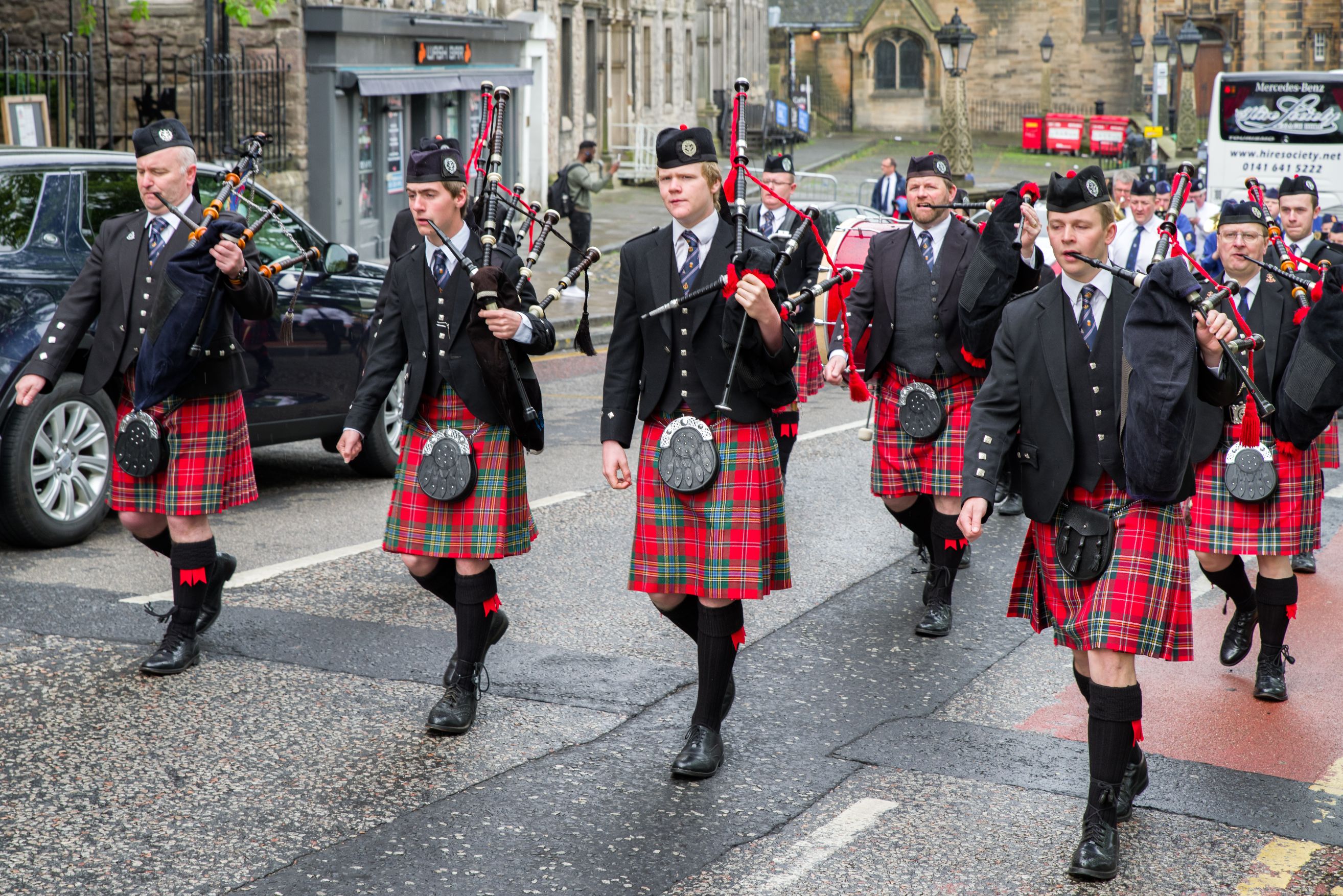The kilt, a garment typically associated with Scottish heritage, was also utilized in American military history, notably by the 79th New York Volunteer Infantry, also known as the Highland Guard, in the 19th century. Although no longer a part of standard military uniforms, the kilt’s unique blend of practicality and cultural identity still holds a place in U.S. military history and is occasionally seen at events such as the contemporary Highland games.
Key Points:
- The kilt, traditionally Scottish, was worn by the 79th New York Volunteer Infantry, comprised largely of Scottish immigrants, during the American Civil War, notably at the First Battle of Bull Run in 1861.
- This garment was recognized for its practicality in combat situations, providing both mobility and protection against the elements. The kilt could also double as a blanket during cold nights.
- Standard military uniforms adopted during World War II resulted in the phasing out of kilts among soldiers, though the garment continued to hold a place of esteem.
- The Black Watch, a unit known for its service to the British Crown, was particularly associated with wearing kilts until 1940, emphasizing the garment’s historical significance in military contexts.
- Despite no longer being part of official military attire, kilts can still be spotted at some U.S. military events today, such as the contemporary Highland games.








